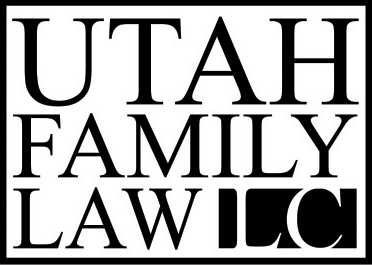Historically, in the state of Utah, and throughout the United States, cultural bias as to which parent is granted primary custody plays a major role in child custody decisions. Originally, this bias was enshrined in the law as “The Tender Years Doctrine,” and favored mothers as the primary custodial parent, particularly when the children are in their infancy. Perhaps this makes some sense as a general concept, but a bias in favor of mothers and against fathers applied in individual child custody dispute cases is a denial of due process and of equal protection under the law. Indulging such a bias does not lead to equitable outcomes.
While biased disparities in custody awards still persist, the modern trend for the past 30-40 years has been toward shared and equal custody, where feasible. A growing number of states now have a rebuttable presumption that equal custody will be awarded unless it is otherwise proven not to be in the best interest of the children.
In Utah, there is a presumption in favor of joint equal legal custody.[1] We submit that favoring equal custody (both legal and physical) should be the norm across the country.
A study conducted by Custody X Change shows mothers still receive primary custody in most cases.[2] In the U.S., fathers receive an average of 35% of total parent-time.[3] Utah is even lower than the national average (26.2%).[4] American like to believe they champion ridding ourselves of unfair and harmful gender based stereotypes, but in actual practice fathers are still treated unfairly more often than not when it comes to custody of their children. Particularly in Utah, a presumably family focused state.
But there is still reason for optimism. In 2022, a study by Meyer, Carlson, & Alam, showed shared custody awards have more than doubled over the last three decades.[5] Their research showed an increase from 13% (pre-1985) to 34% (2010-2014) in shared physical custody across the United States.[6] One factor they attribute the shift to is changing norms and legal policies.[7] No doubt, a statutory presumption of equal custody (both legal and physical) has produced an “effect and cause and effect” cycle of changing attitudes toward joint and equal child custody awards among members of the public and among the lawmakers who serve them. More states are moving towards such a standard.[8]
Child custody arrangements still are too often unfair to one parent even though that parent is a fit parent. The parent treated unfairly is overwhelmingly the father (though not always the father). Too often, courts engage in a “cart before the horse” process of citing the evidence against equal custody to support a court’s own preconceptions and prejudices against equal custody. Instead of focusing so intently on arguments against equal custody awards, judges should analyze the merits of such arguments to determine how much they are based in fact, as opposed to mere belief and bias. Fathers are often held to a different (i.e., higher) standard of parental fitness than mothers as a means of deeming fathers unable and unfit to exercise equal custody.
Courts should presume equal custody and parent-time is in a child’s best interest unless proven otherwise. The physical, social, and mental health benefits to having both fit parents as involved as possible in a child’s life are undeniable. Such an arrangement is patently (and about as perfectly) equitable as possible in the real world. A child’s father and mother each have a legitimate and valid claim on custodial rights regarding their children. Logistical issues also exist, but co-parenting frameworks and technology have advanced such that any fit parent can, with reasonable effort, make equal custody work with another fit parent when they live in close enough physical proximity to one another.
The law should reflect (and judges should make clear in their orders and the analyses underlying them) that unless proven otherwise, equal custody is presumably the best arrangement for children.
Utah Family Law, LC | divorceutah.com | 801-466-9277
[1]See Utah Code § 81-9-205(2)(a). However, no such presumption exists for joint physical custody. See Utah Code § 81-9-204(7)(b).
[2] Study Shows Fathers’ Share of Parenting Time Varies Greatly By State, CustodyXChange, https://www.custodyxchange.
[3] Id.
[4] Id.
[5] Meyer et. al., Increases in Shared Custody After Divorce in the United States, 46 Demographic Rsch. 1137, 1154 (2022).
[6] Id.
[7] Id. at 1155.
[8] See, e.g., Wis. Stat. § 767.24(5) (“[a] child is entitled to periods of physical placement [custody] with both parents unless, after a hearing, the court finds that physical placement with a parent would endanger the child’s physical, mental or emotional health.”).
